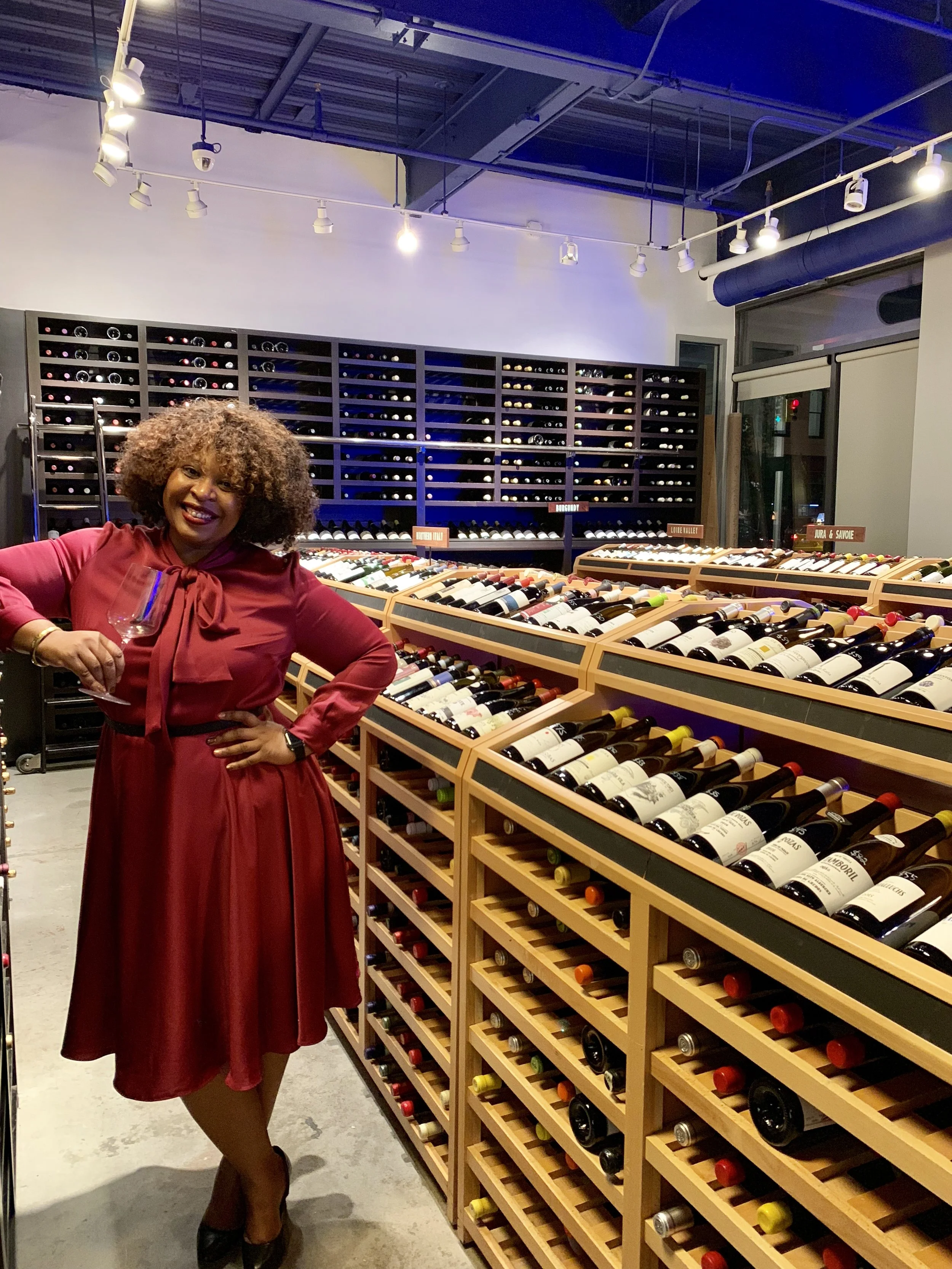3 wines to try if you love Moscato
No matter how far along we’ve come on our wine journey, most of us started off drinking wines that were sweet, mass produced and affordable. As you taste and are exposed to more, you realize there is way more in that 750ml bottle than meets the eye. Each bottle is the complex story of a grape, a place, a climate, a vintage, a winemaker, a vineyard manager, a hill, a river, weather, history etc. Like any new hobby or activity, most people need to ease their way in. It’s unreasonable to expect someone to go from drinking something fruit-forward and sweet to appreciating Barolo. That’s the equivalent of expecting someone interested in yoga to show up at their first class and immediately do some crazy inversion. I firmly believe you need to meet people where they are and make them feel comfortable asking questions. Jumping into wine requires nothing more than an open mind, an adventurous spirit and a figurative and literal thirst for more. Understanding what people love about wines like Moscato and why is important. Using that information as a bridge rather than a point of judgement that pigeonholes the palates of newbies might be one of the best tools we have to help us usher new drinkers into the wonderful world of wine.
Moscato is made from the Muscat Blanc grape, one of the oldest grapes in the world. It’s usually quite perfumed with aromas of orange, pear, lemon, peach and honeysuckle. While there are multiple styles, the light-bodied, sweet and slightly fizzy (frizzante ) Moscato d’Asti from Piedmont, Italy is the most popular. It’s usually quite low in alcohol, (about 5.5% abv) which allows folks to consume copious amounts without the threat of waking up with a really bad headache. Understanding what it is about Moscato folks really love is essential guiding them to the next grape or bottle of wine they will actually enjoy. So let’s begin there. Here are 3 wines I think any Moscato lover is sure to enjoy.
Bugey-Cerdon- Cerdon is one of three named vineyards in the Bugey appellation of the southern Jura mountains (France). It is best known for producing low alcohol sparkling rosés made from the Gamay and Poulsard grapes. The wines are made using the Ancestral Method (aka Méthode Ancestrale), the oldest known method of making sparkling wine. These wines are extremely fruity and easy to drink. Think strawberries and cream with a hint of citrus in a bottle. The next time you want something different with brunch, replace your mimosa or bellini with a bottle of Bugey-Cerdon. Your friends will thank you! Try Patrick Bottex Bugey Cerdon La Cueille Sparkling Rose or Domaine Renardat-Fache Bugey Cerdon Sparkling Rose.
Lambrusco- Lambrusco is a family of very old grapes, originally from northern Italy. As a grape, it traditionally boast notes of cherry, blueberry, blackberry and violets. It can be dry or semisweet ( secco or semiseco) and is almost always made in a frizzante style. Lambrusco is made using the Tank Method, (aka Charmat method) the same process used to make Prosecco. It’s extremely food friendly and pairs an array of dishes or can be the perfect aperitivo to kick off your meal. Try Cleto Chiarli 2016 Vecchia Modena Premium Lambrusco di Sorbara.
Riesling- Riesling has a reputation that is both a gift and curse. The curse- some people think all Riesling is sweet and others think it’s super dry and acidic. The gift - both statements are true. Riesling is an extremely versatile grape that truly shows the characteristics of where it is grown. Sweetness in Riesling is based on the ripeness of the grape. Warmer climate - riper grapes, sweeter wine. Colder climate- more acidic and drier wine. Germany is the the most famous country for growing Riesling. Unlike most other wines around the world, Germany makes it easy for you to know what you are getting by printing the sweetness/ ripeness level is printed right on the bottle’s label, you just have to know what you are looking for. If you want to try a sweeter German Riesling, look for the word “Kabinett” or “Spätlese”on the bottle. If you like drier, more acidic wines, look for the word “Trocken”. In the US, for sweeter wines, look for the words “off-dry” on the bottle. Try Schloss Vollrads Riesling Kabinett 2016 (German) or Herman J. Wiemer Semi-Dry Riesling 2017 (New York).
Wine is truly for everyone. I can totally understand how the complex nature of the grapes, countries, labels etc may seem daunting, but there is an entry point for everyone and more that enough space for you can taste and explore without judgement. If you love Moscato… keep loving it! I encourage you to be open to continue to expand your palate by trying new things!
Comment below and let me know if you have tried any of these varietals!



